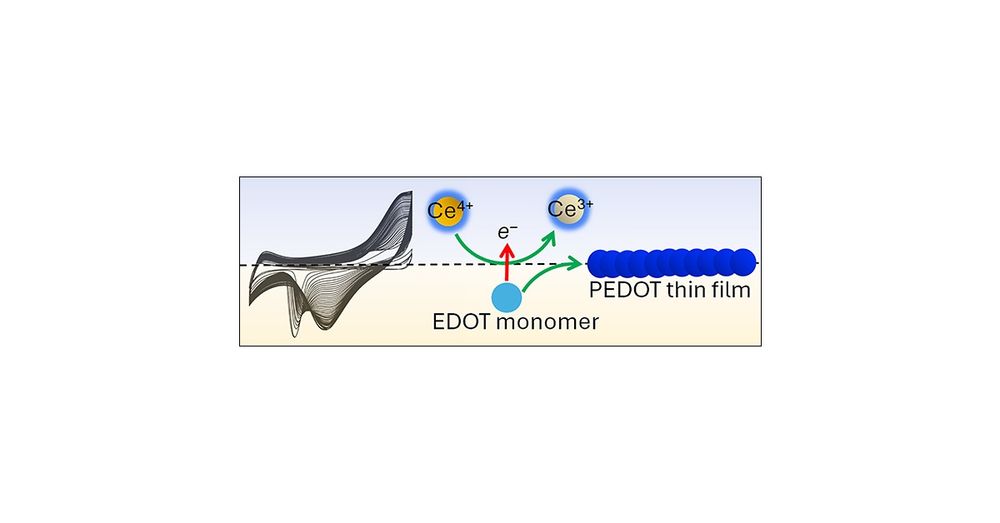Nature Energy is a peer-reviewed research journal that publishes the latest advances in the energy field, from the generation, storage, and distribution of energy to the societal impact of energy technologies and policies.
www.nature.com/nenergy
Electrochemical Engineering Lab at CU Boulder and NREL.
Student Run Account
PI: @wilsonsmith
We are the Mayer lab at Yale University. We love PCET, charge balance, and are addicted to square schemes!
#jimisrad | student run | @yalechem
Improving all lives through the transforming power of chemistry
she/her. Editor-in-Chief of Chem Circularity by Cell Press. PhD from Brown Chemistry. Loving sustainability + chemistry + photography + wine + GIFs. Views my own. #GreenChemistry #ChemSky
CEO and co-founder of turboTEM Ltd. Tenured Associate Professor (Royal Society URF) at Trinity College Dublin and Ultramicroscopy Group leader. School of Physics Director of EDI. EMS Board member.
Bridging chemistry, engineering, biology & medicine to advance human health, transform research & train the next generation of scientific leaders at Stanford University.
chemh.stanford.edu
linkedin.com/company/stanford-chem-h
Signup https://bit.ly/44lkPh8
Professor in Biomolecular Mass Spectrometry and Proteomics, Utrecht University, the Netherlands
Write about the environment for the Guardian. Author of the Insect Crisis. Just about able to play Let it Be on the ukulele. LFC always.
Passionate about homogeneous catalysis, ligand design, and organometallic chemistry; can’t spend enough time in the mountains
Social Democrats Councillor for Limerick City West. Speech and Language Therapist. Animal Lover. Fitness advocate. Feminist 💚
SSPC Taighde Éireann – Research Ireland Centre for (bio)pharmaceuticals. A collaboration between industry & academia hosted @Unioflimerick #SSPCExpertise
Research, news, and information from the Journal of the American Chemical Society: pubs.acs.org/JACS
Scientific Editor for Chemical Science, published by the RSC, and small-time journalist for Chemistry World. #ChemSky #ChemSci
Gaming, ballroom dancing, rollerskating, piano, and D&D - I’m acceptably mediocre at all of them! #Switch2
(he/him ♓️🏳️🌈)
Journal of Materials Chemistry A, B & C - Home for high-quality materials chemistry research. Together with @materialshorizons.rsc.org, @rscapplied.rsc.org & @materialsadvances.rsc.org providing full coverage of materials science research.
Urgent short communications of outstanding significance from across the chemical sciences. Email: chemcomm-rsc@rsc.org
Published by @rsc.org 🌐 Website: rsc.li/chemcomm-journal
Flagship journal for @rsc.org, open access with no publication fee, all topics in chemistry. chemicalscience-rsc@rsc.org
Celebrating our 15th year in 2025! 🌐 Website: rsc.li/chemscience
Professional-Level Electroorganic Enthusiast
Graduate Student || UIUC
Use a variety of in situ tools for understanding electrode-electrolyte interfaces! Particularly specialized in liquid-phase AFM.
Assistant Prof. of Chemistry at Vassar College| Interested in electrochemistry, surface science, and home-brewed beer
